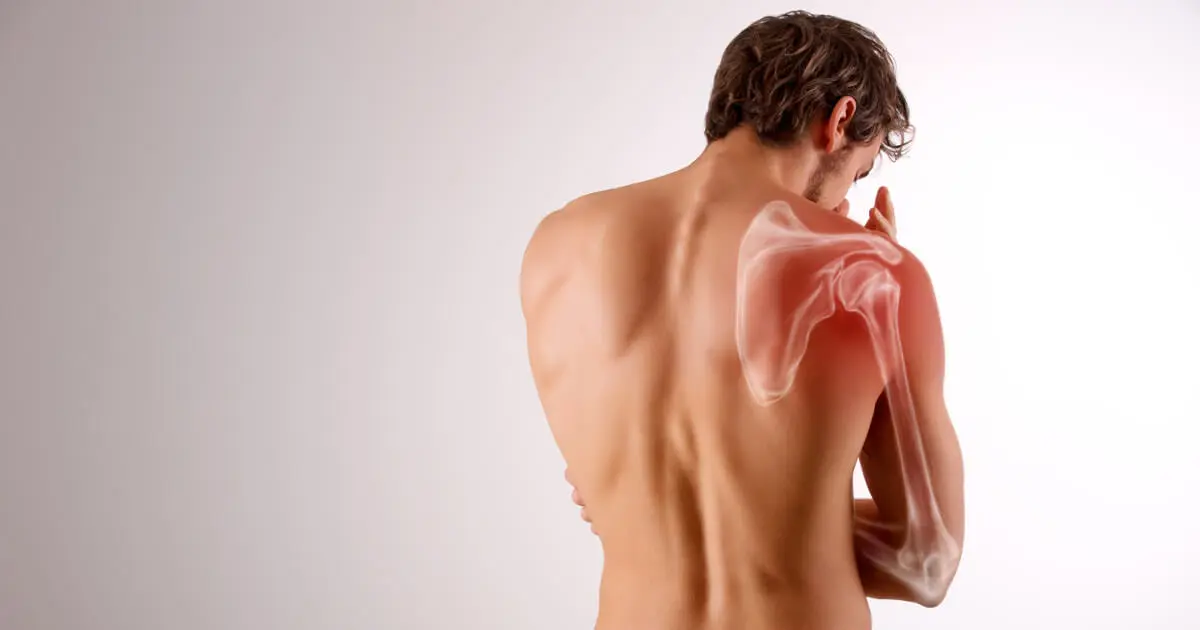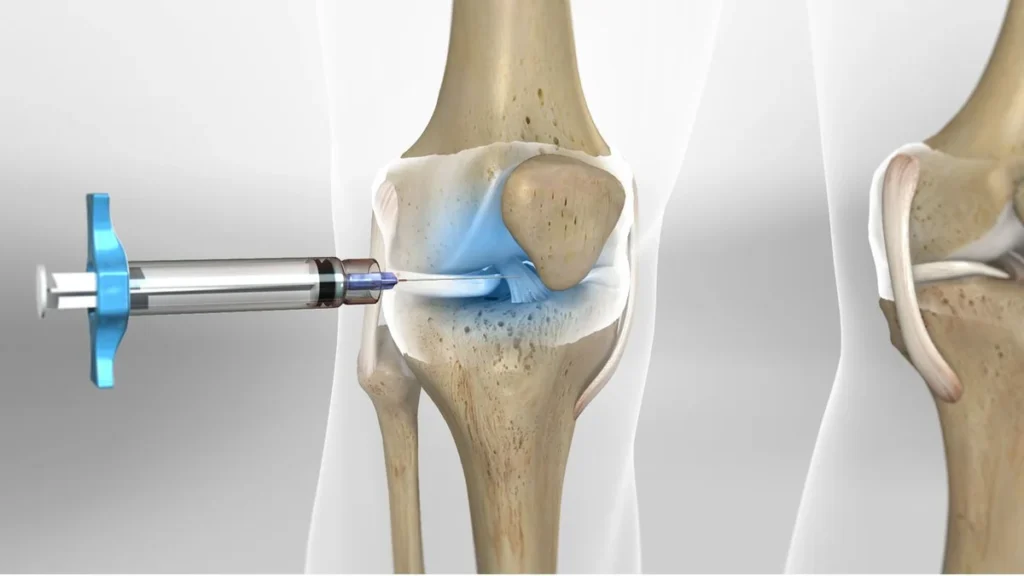Overview of Shoulder Impingement Syndrome
Shoulder Impingement Syndrome, also known as Impingement, is one of the most common causes of shoulder pain in adults. Many people who complain of shoulder pain are actually suffering from this condition.

- Overview of Shoulder Impingement Syndrome
- Cause and Mechanism of Shoulder Impingement Syndrome
- Role of Tendons and Muscles
- Symptoms and Manifestation of Shoulder Impingement
- Prevalence of Shoulder Impingement Syndrome
- Symptoms of Shoulder Pain Due to Impingement
- Diagnosis of Shoulder Impingement Syndrome
- Non-Surgical Treatment of Shoulder Impingement Syndrome
- Surgical Treatment of Shoulder Impingement Syndrome
- Diagnosis and Treatment with Arthroscopy
- Rehabilitation After Shoulder Impingement Surgery
Cause and Mechanism of Shoulder Impingement Syndrome
The condition arises from the trapping of tendons between two bones in the shoulder area. This occurs when the head of the humerus (upper arm bone) and the acromion process (part of the scapula or shoulder blade) come close together, compressing and trapping the tendons. This compression can cause pain and, in severe cases, may lead to tendon rupture.
Role of Tendons and Muscles
Tendons are tissues that connect muscles to bones. In the shoulder, there is a group of muscles known as the rotator cuff. These muscles are attached to the shoulder blade on one end and connected to a lower part of the humerus by common tendons. These muscles stabilize the head of the humerus in its socket (the glenoid cavity).
Symptoms and Manifestation of Shoulder Impingement
Shoulder Impingement Syndrome occurs when the tendons of the rotator cuff, especially the supraspinatus tendon, get trapped between the acromion process and the head of the humerus, showing symptoms due to the resulting damage.
Prevalence of Shoulder Impingement Syndrome
This condition is more common among young athletes, particularly in sports like swimming, baseball, and tennis, which require overhead arm movements. It is also prevalent in professions requiring raising the arms above the head, such as painters and construction workers. Sometimes, an improper movement or a blow to the upper limb can also lead to this condition.
Symptoms of Shoulder Pain Due to Impingement
The symptoms of shoulder impingement usually start mild and worsen over time. These symptoms include:
- Mild shoulder pain that may occur at rest or during activity.
- Pain radiating from the front of the shoulder to the arm.
- Severe pain during lifting the arm or using the hand to lift or move objects.
- Pain during throwing in sports.
- Pain in a limited arc of movement: Initially, there is no pain in lifting the arm, but it becomes painful near the horizontal position and then subsides above that, known as Painful Arc Syndrome.
- Worsening pain and movement limitation: As the condition progresses, pain is felt even at night, and gradually, movement limitation in the shoulder occurs, including difficulty in lifting the upper limb. In severe cases, movement limitation occurs in all directions, and the shoulder muscles become weak and atrophied.
Diagnosis of Shoulder Impingement Syndrome
Diagnostic Methods
For diagnosing Shoulder Impingement Syndrome, a physical examination by a doctor, simple radiography, or MRI can be effective. These methods help the doctor identify the condition of the shoulder and any injuries or structural changes.
Non-Surgical Treatment of Shoulder Impingement Syndrome
Initial Measures and Physiotherapy
In cases where the disease has not progressed significantly, it can be managed with simple measures such as resting the shoulder and avoiding movements that exert additional pressure on it. Physiotherapy exercises and stretches are beneficial in cases of movement limitation. Sometimes, the use of local anesthetics or corticosteroid injections by a doctor can help reduce pain. Treatment usually takes several weeks to months, and recovery happens gradually.
Surgical Treatment of Shoulder Impingement Syndrome
Surgery as a Last Option
If non-surgical treatments are not effective, the doctor may decide to perform surgery. The goal of the surgery is to relieve the impingement. In this procedure, the surgeon tries to increase the space between the head of the humerus and the acromion process to reduce pressure on the rotator cuff tendons. Nowadays, this surgery is usually performed through arthroscopy, which involves the use of a thin hollow metal tube (similar to a straw used for drinks).
Arthroscopy Process of the Shoulder
Use of Camera and Light
At the end of the arthroscopic metal tube, there is a highly precise video camera that captures images inside the shoulder. This tube contains numerous lenses and is inserted through a few millimeters incision in the front of the shoulder. The images captured by the camera are transmitted to a high-resolution monitor, allowing the treating physician to observe the inside of the shoulder. Additionally, a powerful light source through the same tube provides sufficient light for viewing inside the joint.
Injection of Fluid and Creating Space
Through another incision in the shoulder joint, fluids are sent into the joint to replace the cloudy fluid inside the shoulder with a clear and transparent one. This process allows for better visibility inside the joint and increases space for the movement of the arthroscope in the joint.
Diagnosis and Treatment with Arthroscopy
Applications of Arthroscopy
The treating physician can observe many parts of the inside of the shoulder through arthroscopy and diagnose diseases and lesions. Additionally, the doctor can insert specific surgical tools through another small incision in the shoulder to perform surgical treatment of some lesions.
Treatment of Shoulder Impingement
In cases of shoulder impingement, special tools are used to shave off a part of the underside of the acromion process to provide more space for the movement of the rotator cuff tendon. If the tendon is damaged, or torn, excess parts are removed and repaired if possible.
Rehabilitation After Shoulder Impingement Surgery
Rest Period After Surgery
After undergoing impingement surgery, the patient’s shoulder and upper limb need to rest for a period. During this time, the upper limb is suspended from the neck to allow sufficient time for healing.
Starting Exercise Movements
A few days after the surgery, the patient begins to perform gentle exercise movements for the shoulder. These movements aim to recover the range of motion of the shoulder.
Strengthening Shoulder Muscles
In the next stage, the patient performs exercises to strengthen the shoulder muscles. These exercises are carried out gradually and carefully to avoid putting excessive pressure on the operated shoulder.
Recovery Period
Usually, the recovery process takes between two to four months. During this time, the patient’s pain decreases, and the range of motion of the shoulder gradually improves.

To make an appointment or get an online consultation with Dr. Nader Motallebi Zadeh, Limb lengthening surgeon, proceed here.



